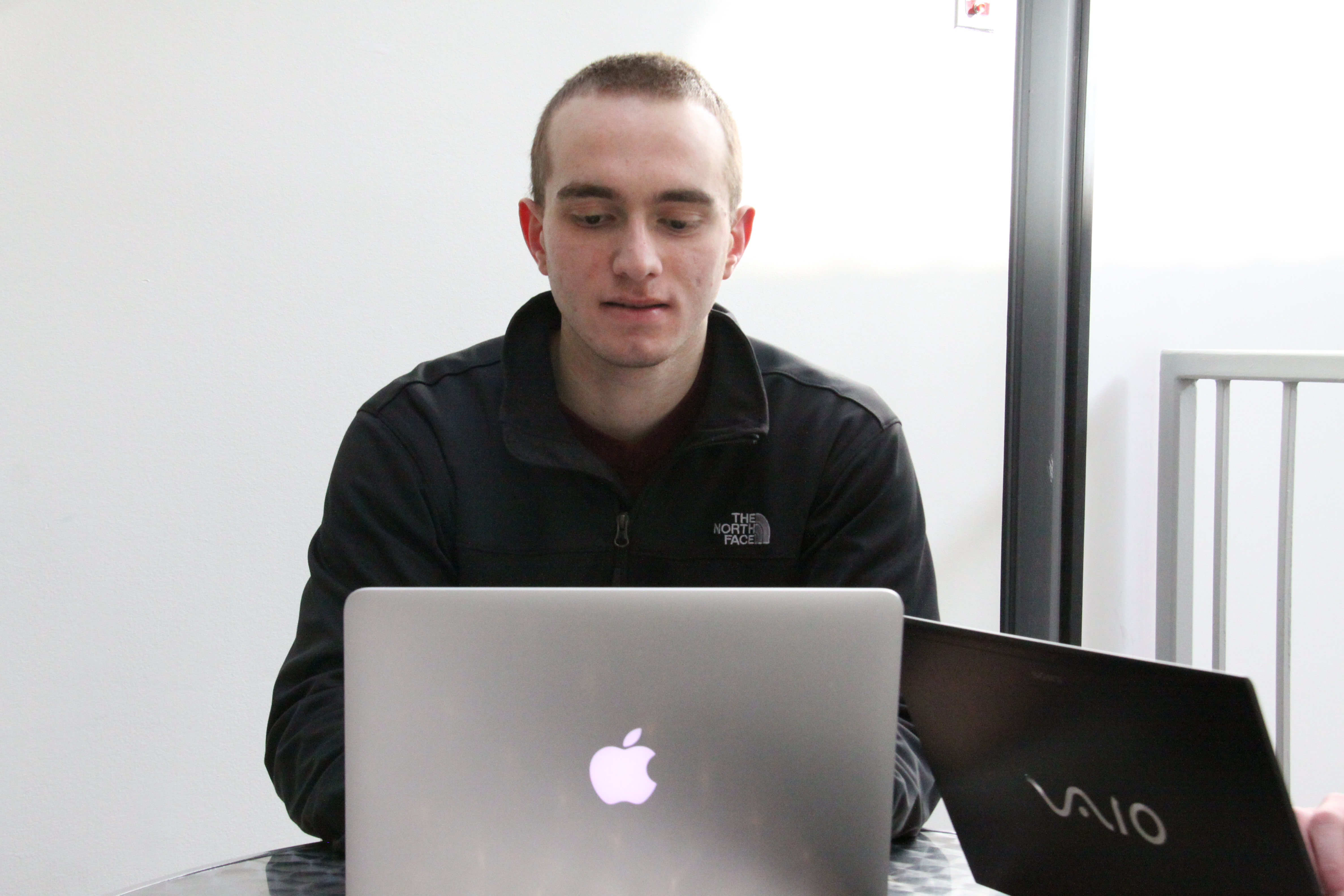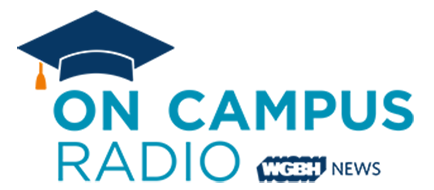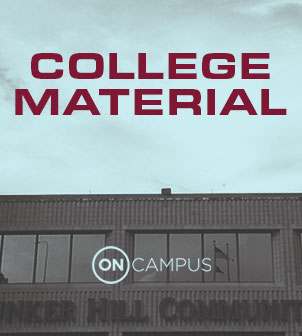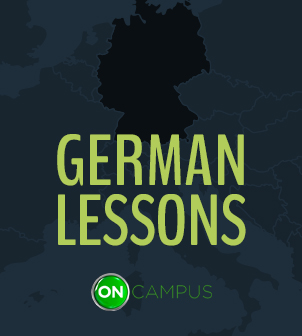
Isaac Chuang teaches physics at MIT and has also taught online courses. (WGBH/Kirk Carapezza)
You might be one of millions of people around the world who have signed up for a massive open online course, or MOOC, the question is: did you walk away before it was over?
Study after study shows only a small percentage of students, or participants, complete these courses. Despite low completion rates researchers at MIT and Harvard insist that MOOCs still have value.
EdX is a non-profit online initiative created at the two universities offers courses through partner institutions. Last July, the appearance of edX president Anant Agarwal on The Colbert Report triggered a huge spike in enrollment in MIT's free, online courses. The university called it the Colbert bump.
But while 1,300 people enrolled, only 24 actually finished -- a microcosm of what courses are seeing in enrollment.
Isaac Chuang teaches physics at MIT and has also taught online courses. Chuang and Harvard Associate Professor Andrew Ho examined 17 online courses from their universities, everything from intro to computer science to a graduate course in public health. They found only 5 percent of students finished.
Still, according to Chuang, massive open online courses are reaching students who wouldn't or couldn't otherwise enroll in prestigious universities.
“One of the most amazing things to us is the disparity and the diversity of the students that are coming to these courses,” said Chuang.
For example, teachers are enrolling at high rates.
“And these are not teachers who don't know the material,” Chaung said. “They’re not interested in a certificate, and so they get a tremendous amount out of the material.”
The study also finds one-third of those who enroll are men, 26 years or older, who have already earned bachelor degrees. Despite this fact that many participants have already accessed higher education, edX has said it is democratizing higher education.
“If all of these people were at a normal traditional four-year university as students and they then had a 5 percent completion rate, we would be astonished and horrified,” Chaung said. “But if we’re talking about people who are participating in many different ways then we’re delighted because it is reaching out.”
Ho says completion rates are so low because anyone can sign up.
“If we wanted to increase all these percentages in a way that we wanted, we could exclude people,” Ho said. “We choose not to.”
These changes come as many college campuses experience a period of rapid digitization. More and more schools are offering online degree programs.
“The overall opportunity for online learning is limitless,” said Mark Nemec, president of the higher education research firm Eduventures.
According to Nemec, colleges should incorporate some kind of online programs if they're not already.
“The demographics are forcing institutions to recognize that they can't simply, even traditional institutions, focus on the 18-22 year old,” Nemec said. “The nontraditional learner is the new majority.”
Listen to Kirk's extended interview with Mark Nemec here:
As education programs shift online to meet that new majority reactions on campuses have been mixed.
Samuel Udotong is a sophomore at MIT. He prefers classes that don’t include too much online technology.
“It just depends on what kind of learner you are, to be honest,” said Udotong.
Personally, Udotong prefers classes that don’t include too much online technology.
“Even if you watch the lecture videos at home instead of going to lecture, you don’t get the same first-hand experience,” said Udotong. “It’s a lot easier to fall asleep when you’re watching it on the computer rather than in lecture, with the professor staring at you.”
Other students said they like watching videos at faster speeds and on their own time. Hussein Abdallah, a physics student at MIT, already has some classes that are shifting online.

MIT sophomore Hussein Aballah. (WGBH/Kirk Carapezza)
“It’s definitely not a substitute, but it’s very easy for our professors to get data on what’s working and what’s not and they can implement those changes almost immediately,” Abdallah said.
On campuses across the country, adaptive learning software, that responds to individual students and personalizes their learning experience, may be the next step in education innovation.










